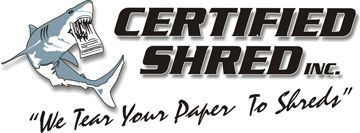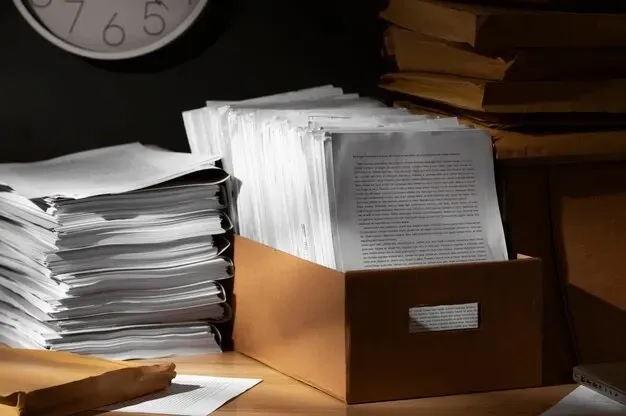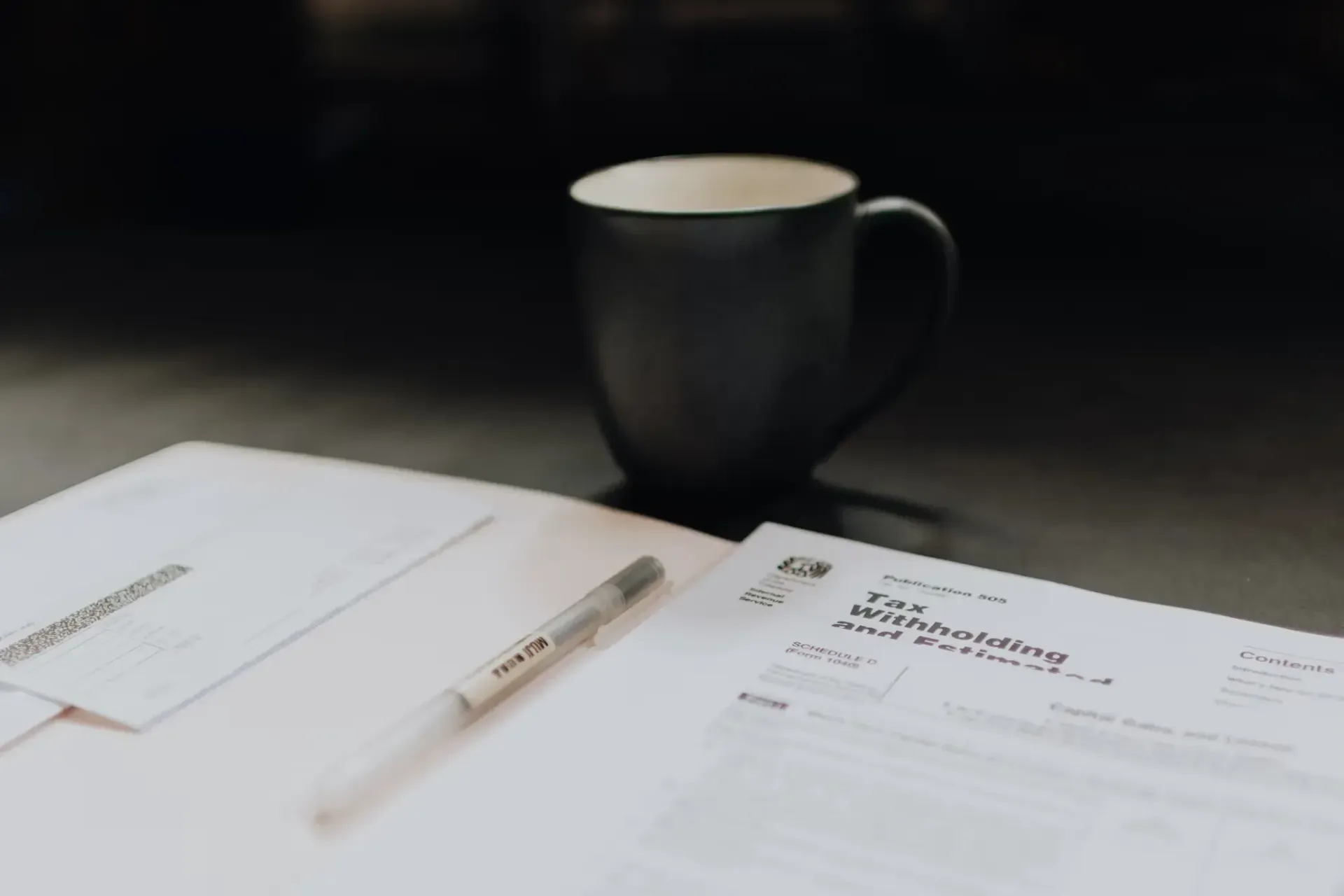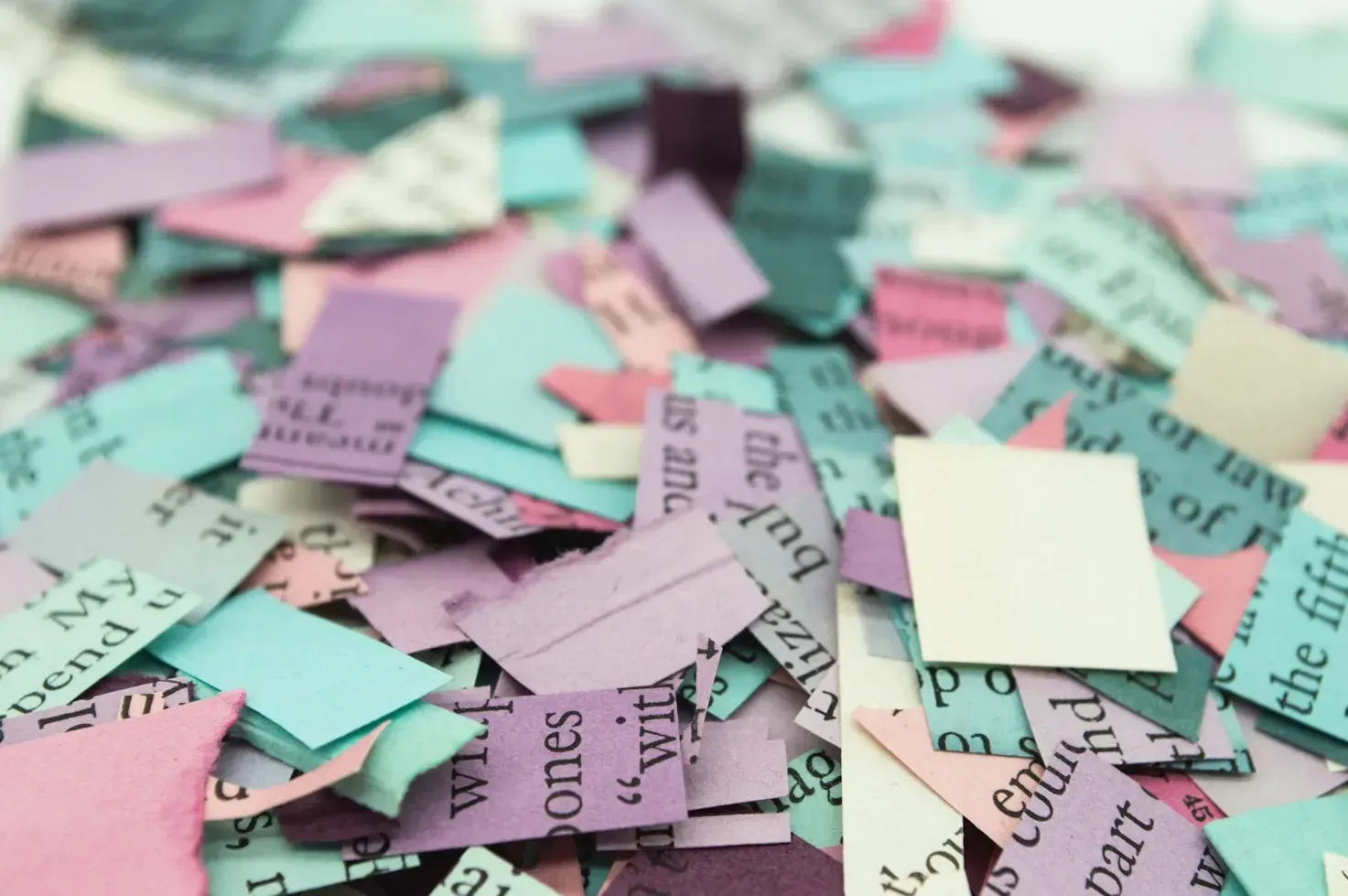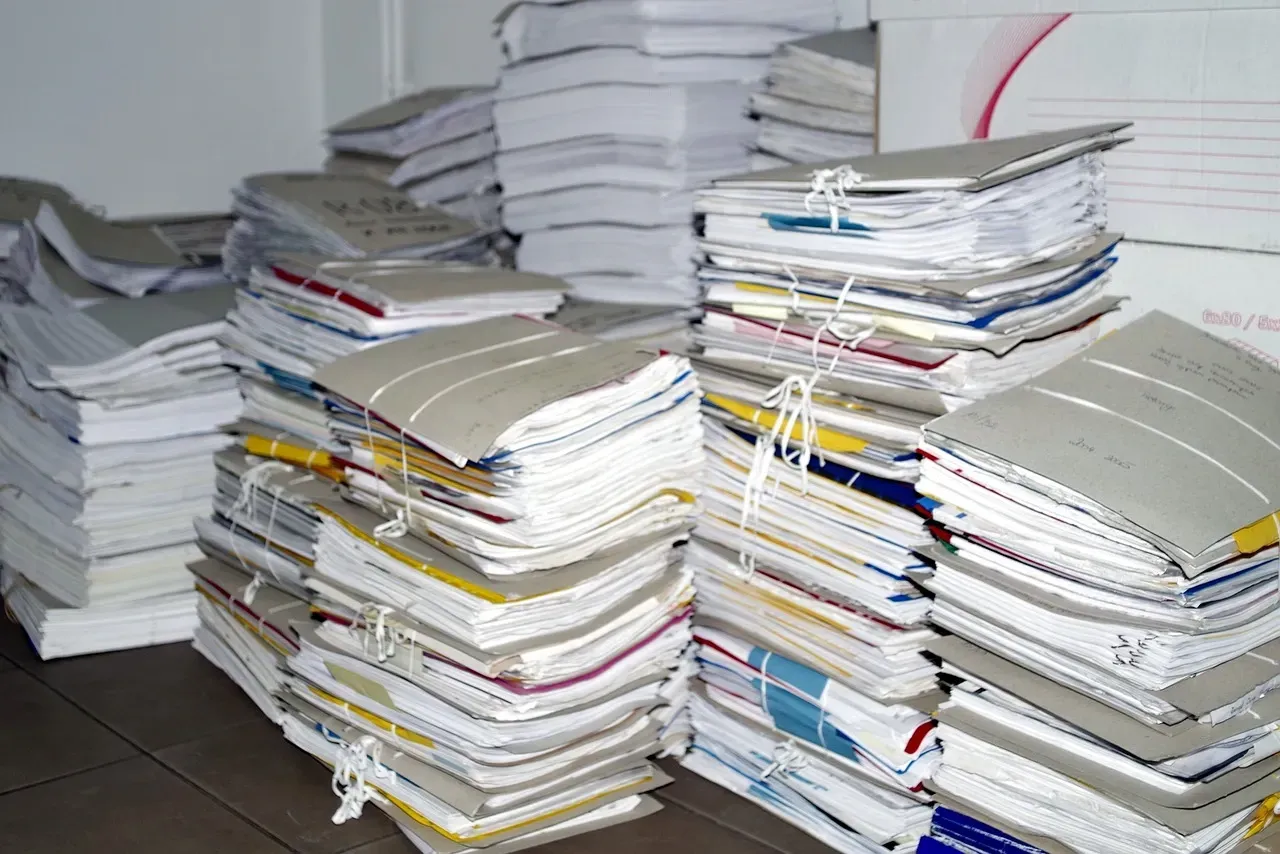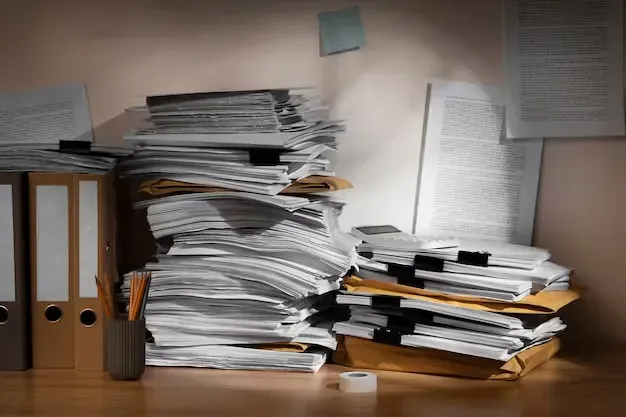What happens to the shredded paper after it's collected?
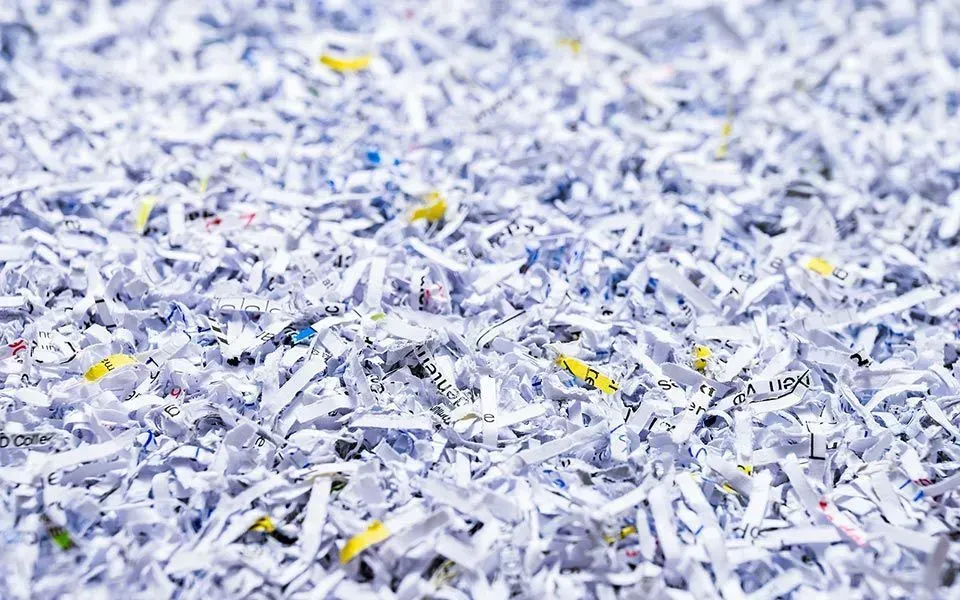
Welcome to the green side of Salt Lake City! In our commitment to sustainability, today we’re diving into the surprisingly complex world of shredded paper recycling. Many of us shred documents to protect our privacy, but what happens to the paper shreds once they leave our homes and offices? Proper recycling practices are not just crucial for protecting personal information; they also play a significant role in environmental conservation.
Shredded paper recycling helps reduce landfill waste, conserves resources, and supports the creation of new paper products without the need to cut down more trees. However, the path from your shredder to new products is more intricate than you might think. This blog will guide you through each step of the shredded paper recycling process, right here in Salt Lake City, ensuring you know exactly how your efforts make a difference.
Collection and Sorting Process
The journey of shredded paper recycling begins with its collection. In Salt Lake City, shredded paper is often picked up alongside other recyclables, but it requires special handling to prevent it from contaminating other materials. At the sorting facilities, advanced machinery and manual labor work together to separate paper shreds from metals, plastics, and non-recyclable waste.
One major hurdle in this phase is the size and condition of the shredded paper. Small shreds can easily slip through sorting screens, which is why it's essential that shredded paper is contained—usually in clear plastic bags or paper bags marked for recycling. This helps ensure that the paper makes it through the sorting process without dispersing into other streams.
Salt Lake City’s recycling facilities emphasize the importance of clean, dry paper. Wet or soiled paper shreds are problematic as they can hinder the recycling process and may end up in a landfill instead. Residents are encouraged to only shred necessary documents and keep the shredded paper free of food waste and liquids to avoid these issues.
Preparation for Recycling
After sorting, shredded paper is prepped for the recycling process. It's often compressed into bales for easy transport to the recycling mill. The bales keep loose paper shreds together, making handling more efficient. Special equipment like balers help compact the paper tightly to reduce space and transport costs.
At the mill, these bales are inspected for contaminants. Any non-paper materials like staples, tape, or plastic bags must be removed to ensure clean recycling. Large paper mills often have their own specialized equipment to handle shredded materials, but smaller facilities may require additional pre-sorting.
In Salt Lake City, local sorting facilities are geared towards ensuring that shredded paper is properly compressed and clean before it's moved to the next stage. They focus on minimizing waste while maximizing efficiency so that recycling can be sustainable for the community.
Pulping and De-inking Process
Once the bales reach the mill, they’re placed in a pulper. It’s a large tank that churns shredded paper into a watery pulp. This process breaks down the fibers, creating a slurry that can be cleaned. De-inking comes next, removing ink, adhesives, and other impurities that can affect the final product.
Several chemicals are used to wash the pulp, separating contaminants like ink, glue, and dyes. These chemicals help the pulp retain its natural color while preserving fiber quality. The pulping process often includes filtering screens to trap any leftover staples or plastic pieces.
Mills in Salt Lake City utilize closed-loop water systems that filter and reuse water to minimize waste. This keeps the recycling process eco-friendly while reducing costs. The cleaned pulp is then ready for the final stages of recycling.
Paper Production and New Products
The cleaned pulp is then shaped into new paper products. First, the pulp is spread out on wire mesh screens and pressed to remove excess water. This step creates a continuous sheet of wet paper that’s then dried through heated rollers. It leaves behind a sturdy sheet ready to be cut and finished.
Recycled paper products range from tissue and napkins to packaging materials. Some mills even make writing and printing paper from recycled fibers. However, shredded paper often results in shorter fibers, best suited for items like toilet paper, egg cartons, or newspaper.
Salt Lake City benefits directly from this process by reducing the need for new raw materials. Local companies utilize these recycled products for packaging and other supplies, ensuring a sustainable, circular economy.
Challenges and Limitations of Shredded Paper Recycling
Shredded paper recycling faces significant challenges, especially contamination. When shredded paper is mixed with other recyclables or is wet, it becomes unusable for recycling. Contaminants like plastic coatings, food waste, and adhesives cause complications that result in paper ending up in landfills.
Another issue is fiber degradation. Shredding shortens paper fibers, reducing their quality and limiting their reuse. Recycled paper can't always be made into high-quality products because of this. That’s why shredded paper often ends up in items like packaging or insulation.
Facilities in Salt Lake City strive to minimize these challenges through public education, encouraging proper sorting and disposal practices. They aim to keep shredded paper clean and contained, ensuring it can be reused efficiently.
How to Improve Shredded Paper Recycling at Home or Work
To improve shredded paper recycling at home or work, start by keeping the shredded paper clean and dry. Separate it from other waste to prevent contamination. Place the shreds in a paper or clear plastic bag before putting them in your recycling bin. This helps keep them from scattering at sorting facilities.
Limit unnecessary shredding by only shredding confidential documents. Non-sensitive paper can be recycled whole or repurposed. If you have composting facilities, consider adding shredded paper to the compost pile, as it breaks down well.
Salt Lake City residents should follow local recycling guidelines, which often suggest taking shredded paper directly to recycling centers rather than curbside bins. Community centers may also provide extra resources for recycling effectively.
Conclusion
Shredded paper plays a crucial role in the recycling ecosystem. Proper sorting, preparation, and recycling keep valuable materials from ending up in landfills and contribute to new, useful products. By following Salt Lake City guidelines and maintaining contaminant-free shredded paper, residents and businesses can help create a sustainable future.
Call to Action
Looking for a reliable partner to handle your shredding needs? Certified Shred is your go-to for secure and environmentally friendly shredding services. Serving Salt Lake City, Ogden, Logan, Lehi, and Provo, they ensure proper disposal and recycling every step of the way. Contact Certified Shred today to contribute to a greener tomorrow.
Frequently Asked Questions
1. What types of paper can be shredded and recycled?
Most types of clean, dry paper can be shredded and recycled, including office paper, newspapers, and magazines. However, coated or food-soiled papers, such as wax-coated cardboard or pizza boxes, should not be included.
2. How should shredded paper be prepared before recycling?
Place shredded paper in a paper or clear plastic bag, securing it properly. This prevents scattering at the sorting facility. Avoid mixing it with other recyclables to reduce contamination.
3. Are there specific recycling facilities that accept shredded paper?
Yes, many recycling facilities in Salt Lake City and surrounding areas accept shredded paper. Certified Shred also provides secure shredding services to ensure your paper is recycled responsibly.
4. Can shredded paper be composted instead of recycled?
Yes, shredded paper can often be composted if it's not heavily inked or treated. It's a good carbon-rich addition to a balanced compost pile.
5. Is shredded paper recycling environmentally friendly compared to other waste management options?
Yes, recycling is generally more sustainable than disposal. While fiber degradation limits the number of times paper can be recycled, it still saves energy and resources compared to creating new paper from raw materials.
